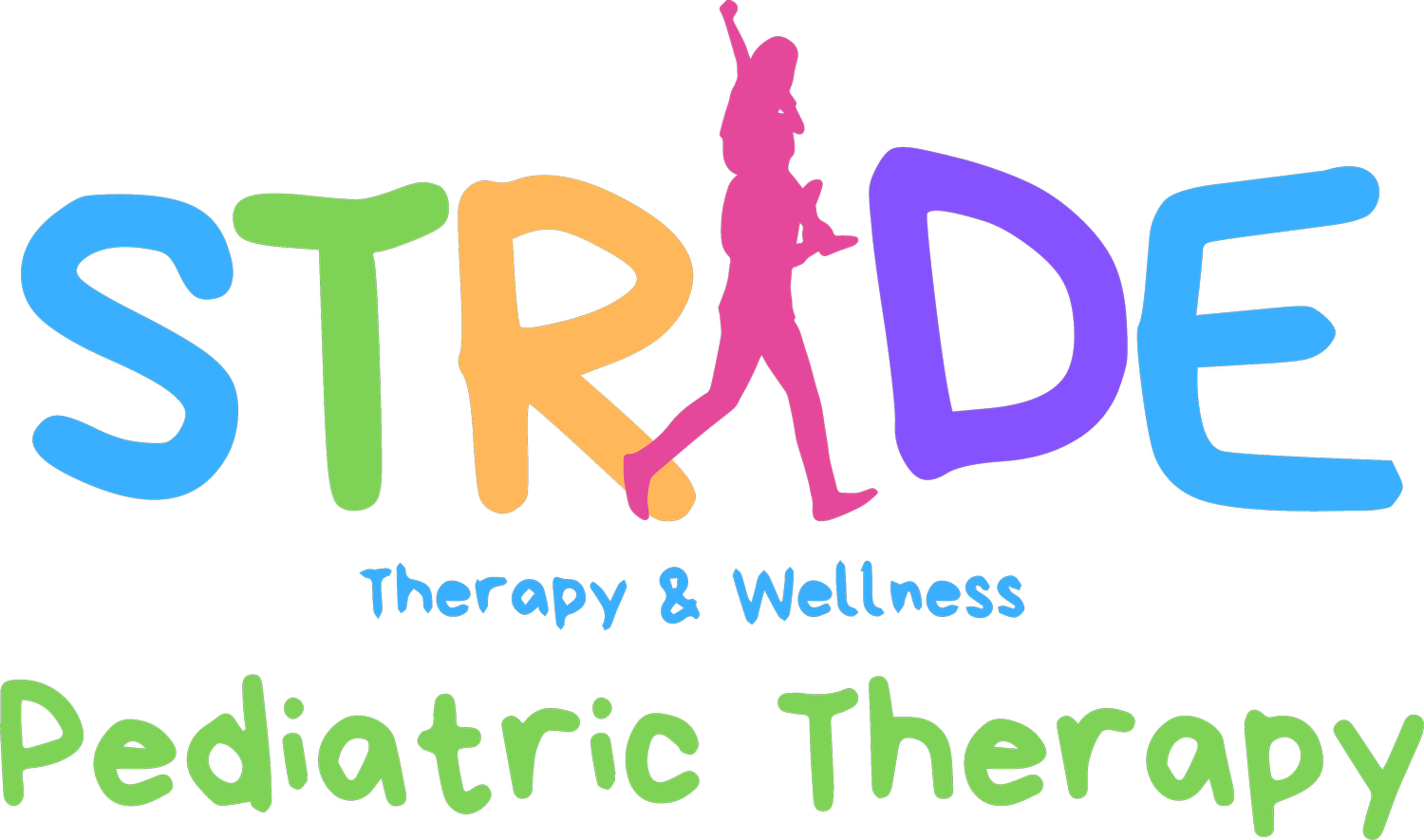What are Primitive Reflexes?
Primitive reflexes are automatic movements that are present at birth and serve to protect the infant. These reflexes are important for survival, as they allow the infant to respond to stimuli in the environment and to get the necessary nourishment and care. Primitive reflexes typically disappear as the infant's central nervous system matures and is able to integrate and control these reflexive responses.
Some examples of primitive reflexes include:
Rooting reflex: The infant turns its head and opens its mouth in response to touch on the cheek, which allows it to find and latch onto the breast or bottle for feeding.
Sucking reflex: The infant sucks when something touches the roof of its mouth, which is necessary for feeding and also helps to establish breathing and swallowing patterns.
Grasp reflex: The infant grasps an object placed in its hand, which helps it to hold onto its caregiver and to explore its environment.
Moro reflex: The infant throws its arms out and then brings them back in when startled, which helps it to protect itself from falling.
Tonic neck reflex: The infant extends its arm and leg on the side to which its head is turned, which helps it to track moving objects and to develop hand-eye coordination.
Primitive reflexes usually disappear by 3 to 6 months of age, but in some cases, they may persist beyond this age and can interfere with the development of more complex motor skills. After a child is born, several reflexes emerge that are important for the development of more complex motor skills.
These reflexes include:
Tonic labyrinthine reflex: This reflex helps the infant to develop balance and coordination by causing the body to assume a flexed position when the head is tilted back.
Symmetrical tonic neck reflex: This reflex helps the infant to develop hand-eye coordination and upper body control by causing the arms and legs to extend when the head is turned to one side.
Asymmetrical tonic neck reflex: This reflex helps the infant to develop hand-eye coordination and upper body control by causing the arm and leg on the side to which the head is turned to extend, while the opposite arm and leg flex.
Palmar reflex: This reflex helps the infant to develop a grasping reflex by causing the hand to close when the palm is touched.
Plantar reflex: This reflex helps the infant to develop a stepping reflex by causing the toes to curl downward when the sole of the foot is touched.
These reflexes typically emerge between 2 and 4 months of age and usually disappear by 6 to 9 months of age. In some cases, however, these reflexes may persist beyond this age and can interfere with the development of more complex motor skills. These reflexes are called Retained Reflexes.
Retained reflexes are reflexive movements that persist beyond the age at which they normally disappear, or are integrated and controlled. These reflexes can interfere with the development of more complex motor skills and may indicate a delay in overall development. If retained primitive reflexes are not addressed, they can have a negative impact on a child's school function.
For example, the grasping reflex helps the infant to hold onto its caregiver and to explore its environment. As the child's hand muscles and coordination develop, this reflex disappears and is replaced by the child's ability to hold a pencil and write. If the grasping reflex persists, it may interfere with the child's ability to hold a pencil and write legibly. The tonic neck reflex helps the infant to track moving objects and to develop hand-eye coordination. As the child's neck muscles and control over head movement improve, this reflex disappears and is replaced by the child's ability to focus on a task or activity for a sustained period of time. If the tonic neck reflex persists, it may interfere with the child's ability to attend to and complete tasks, such as reading or writing. A retained Moro reflex may cause the child to startle easily and have difficulty sitting still or paying attention.
For example, retained primitive reflexes may affect a child's ability to:
Pay attention and concentrate: Retained reflexes may cause a child to be easily distracted or to have difficulty maintaining focus on a task.
Write legibly: Retained reflexes may affect a child's fine motor skills and hand control, making it difficult to form letters and write legibly. Retained reflexes may also impact tabletop posture.
Follow through on tasks: Retained reflexes may make it difficult for a child to plan and execute tasks in a logical and organized manner.
Participate in group activities: Retained reflexes may cause a child to have difficulty coordinating their movements with others, making it challenging to participate in group activities.
If you are interested in a more in-depth look at primitive reflexes and their impact on child function, as well as what you can do at home to help integrate reflexes, please check out more in-depth videos that are exclusively for our “Stride Tribe.” Learn more by visiting our membership page!
